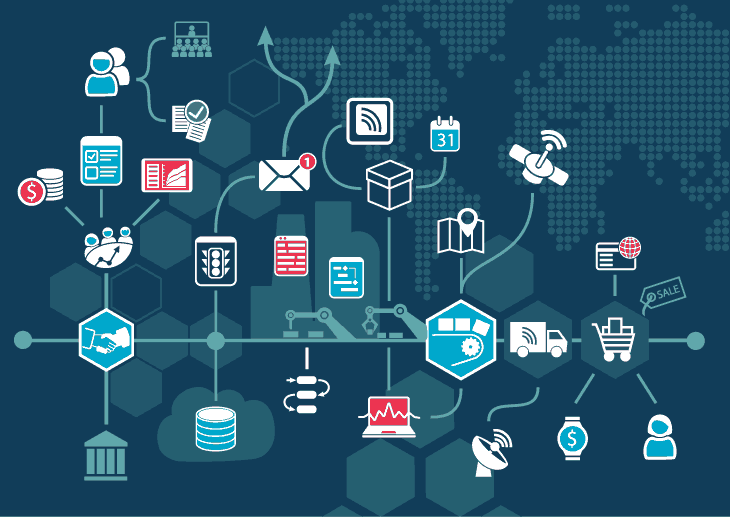Business automation

The focus of IT has shifted from serving internal needs, like efficiency and cost control, to engaging with external customers and creating new business opportunities. That’s why we believe the traditional business automation model needs to evolve. Instead of focusing solely on streamlining processes, like automating the records from selling insurance, businesses need to develop new strategies to automate the business itself, like directly selling insurance. Building these apps requires business and IT leaders to become partners, sharing their expertise to open new lines of opportunity. But how does this work?
Business experts provide the models of business processes and rules pertaining to an application, which are then combined with code via a continuous integration/continuous delivery (CI/CD) pipeline to create a finished application. Applications can be containerized, allowing them to be easily maintained, updated, and distributed.
Containerizing business automation solutions allows for the app to be accessed across multiple platforms while allowing developers and business users to comanage the life cycle of the applications. Instead of building monolithic apps that become clunky and outdated, the focus is on deploying apps as microservices on a scalable cloud infrastructure.
Combining models produced by business experts with code produced by IT developers creates process-driven apps. These apps are more agile and can be adapted more quickly to changing user demands. Business automation solutions that use CI/CD further speed up development processes, shortening the amount of time between deployment and feedback so that you can experiment and find the most efficient process cycle for you.